On July 26th, an already confusing political situation got even cloudier as President Trump, the US Military’s Commander-In-Chief, seemed to reverse President Obama’s policy on transgender service members within the military’s ranks via a series of tweets.
The tweets appeared to contradict Trump’s campaign promise last year.
The next day, the Chairman of the Joint Chiefs of Staff, General Joseph Dunford, informed the military in a letter that the Pentagon would not be enforcing any kind of ban “until the President’s direction has been received by the Secretary of Defense and the Secretary has issued implementation guidance.”
The message was clear. Official military policy will not be changed via tweets.
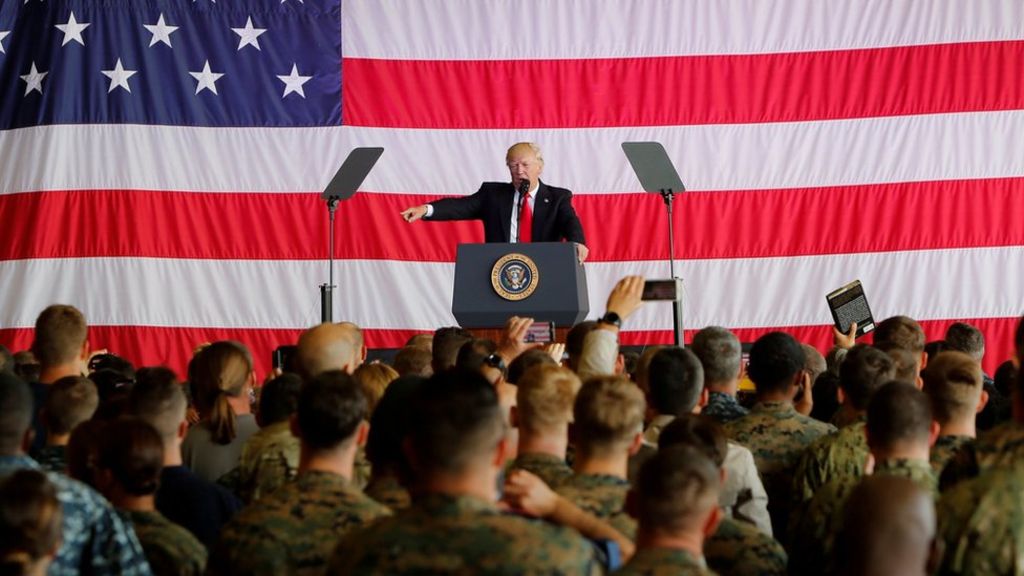
Supporters of the President immediately weighed in. The day after Trump’s tweets, 17 flag rank officers released a letter addressed to the President. It began:
“We write today to express our gratitude to you for making the extremely courageous decision to reverse President Obama’s transgender social experiment. There may be an enormous amount of vitriol directed at you for making this policy correction, but please know that overturning this policy may have done more in the long-term to save the culture and war-fighting capacity of the U.S. military than perhaps any other military policy you will adopt as president.”
This Tuesday, 56 retired General and Flag Officers of the United States Army, Marine Corps, Navy, Air Force and Coast Guard issued a statement in response arguing that the President’s proposed ban would, among other things, reduce the readiness of the military. According to the statement:
“This proposed ban, if implemented, would cause significant disruptions, deprive the military of mission-critical talent, and compromise the integrity of transgender troops who would be forced to live a lie, as well as non-transgender peers who would be forced to choose between reporting their comrades or disobeying policy. As a result, the proposed ban would degrade readiness even more than the failed ‘don’t ask, don’t tell’ policy. Patriotic transgender Americans who are serving—and who want to serve—must not be dismissed, deprived of medically necessary health care, or forced to compromise their integrity or hide their identity.”
The statement added, “Eighteen foreign nations, including the UK and Israel, allow transgender troops to serve, and none has reported any detriment to readiness.”
Also on Tuesday, Admiral Paul Zukunft, commandant of the U.S. Coast Guard, which is part of the Department of Homeland Security, offered support for transgender service members. Admiral Zukunft stated, “We have made an investment in you, and you have made an investment in the Coast Guard … and I will not break the faith.” Zukunft said that after the President’s tweets, “the first thing we did is we reached out to all 13 members of the Coast Guard who have come out.”
Despite the tweets, the Pentagon announced on Tuesday that it is still awaiting instructions.
“What we saw was what amounts to an announcement from the commander-in-chief,” Pentagon spokesman Capt. Jeff Davis said, explaining on Tuesday how the Pentagon heard about the proposed policy change. “We are now in the process of waiting for that to be formally articulated to us in a policy memo. We’ll be standing by to make that happen.”
This possible reversal to an already fluid policy could hamstring the military.
Last summer Ash Carter, President Obama’s Defense Secretary, ended the ban on transgender people serving, prompting currently serving military members to come forward, some of whom have begun to transition. Carter also gave the Department of Defense six months in which to create a process to admit new members who are already out as transgender.
That process, extended by an additional six months by current Secretary of Defense James Mattis, includes accepting and training transgender cadets at its various academies and changing United States Army Training and Doctrine Command (TRADOC) facilities to accommodate the possible influx of new soldiers.
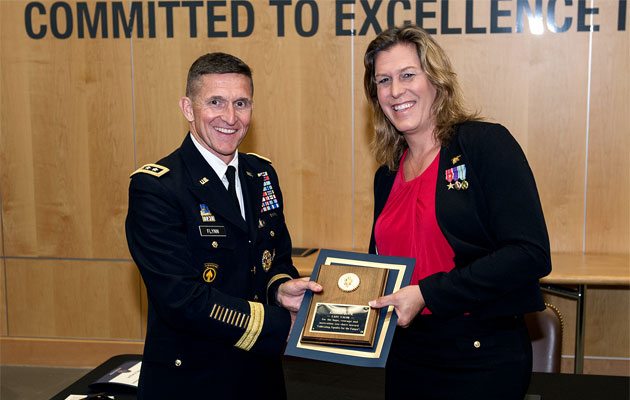
The President’s tweets reportedly blindsided General Dunford and Mattis, who was on vacation and has been working for the last few months to finalize transgender soldier enlistment plans.
The possible ban also surprised several thousand service members who came forward openly with their gender identity after the announcement of President Obama’s policy; much like at the end of “Don’t Ask, Don’t Tell.” They face the very real fear that they could now be discharged from the military if a policy reflected by the tweets is implemented, causing them to lose their employment, housing, and medical benefits. Suspending medical treatment mid-way through transition would create a hardship for many, and the economic impact would be devastating.
Obama’s Policy, published October 7th, 2016, titled Directive 2016-35 (Army Policy on Military Service of Transgender Soldiers) outlined most of the broad details, with the minute details to be ironed out by the SECDEF and Chiefs of Staff. It followed a 2016 study commissioned by the Pentagon that found inclusion would “have minimal impact on readiness and health care cost” for the US Military.
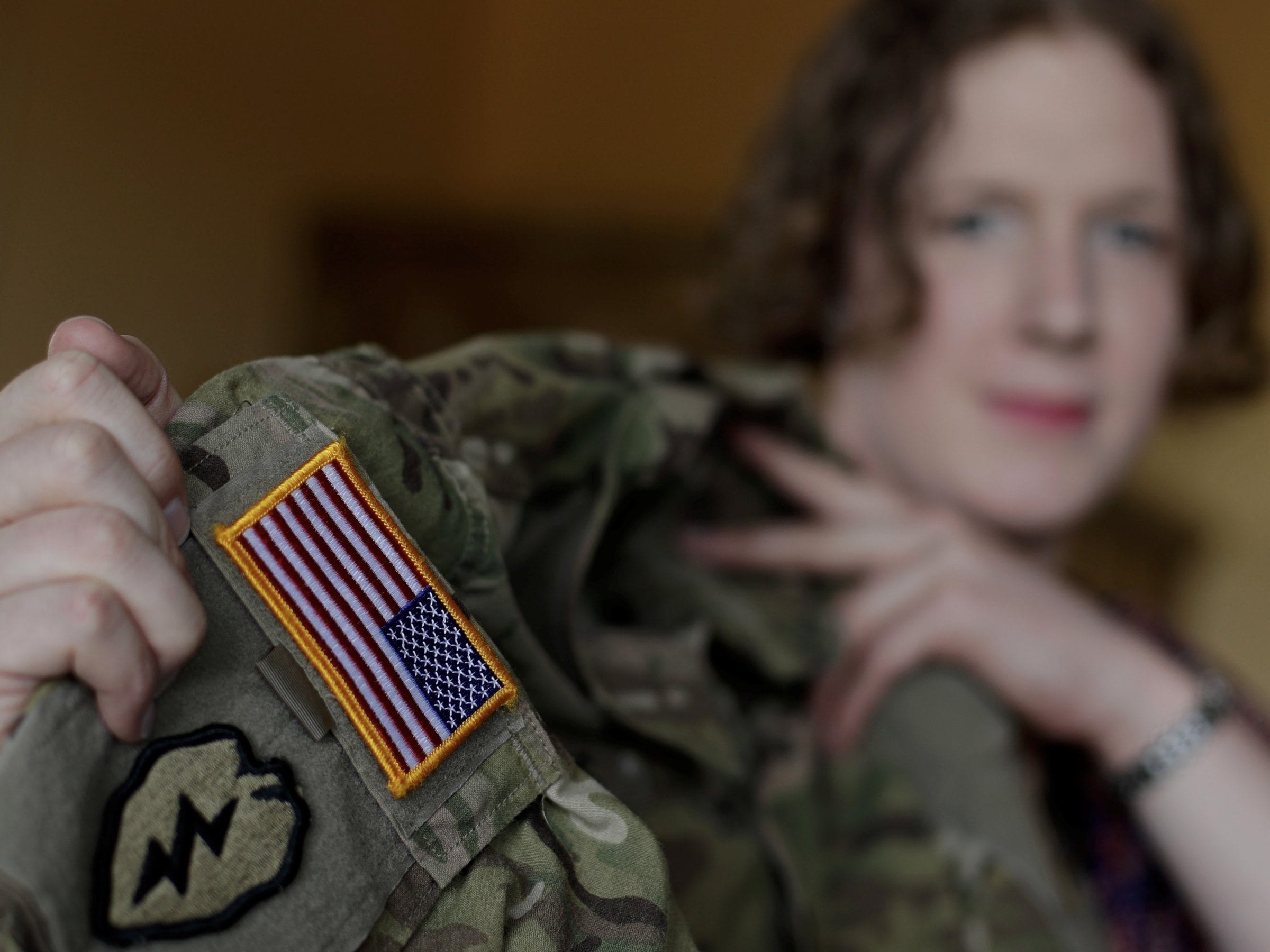
Pundits latched onto Obama’s policy and rumors began to circulate within the US Military.
“People were concerned about people with male genitalia walking about naked in women’s communal bathrooms. There has been a lot of overreaction about PT standards,” said one unnamed Sergeant that Lima Charlie News interviewed, referring to standards of fitness within the military. “They thought people were just going to be able to call themselves whatever gender they wanted whenever it suited them. Other NCOs were saying stuff like that around the soldiers they supervised.”
The Army attempted to set these concerns aside by organizing classes to educate its ranks about what the policy meant and what it would change.
“The class was mandatory, and they ensured everyone sat through it. Our Commander gave the class and tried to make it an open forum for everyone and answer questions that anyone had”, the Sergeant said. “It seemed like most everyone was accepting to the class, or at least that the majority of their concerns were accounted for. The only people that seemed dismissive of the entire thing were the older guys.”
Other branches have also tried to educate their ranks on these issues. According to the spouse of a transitioning sailor Lima Charlie News spoke with, everyone from the medical staff to chain of command to her fellow sailors have been extremely supportive. While there have been some delays as the military figures out implementation, they have not experienced any backlash.
If the concerns about bathrooms sound familiar, it echoes something that has been going on in several U.S. States about gender identity and has been seen as a big enough issue that several so-called “Bathroom bills” have popped up. The military’s concerns are much different though. In a military setting, depending on duty station and deployment situation, bathrooms are used in a communal setting with little to no barrier in between people, such as open bay showers. The Sergeant said much of the same concerns were aired about sleeping quarters as well.
Transgender Navy SEAL To Trump: 'Let's Meet Face To Face And You Tell Me I'm Not Worthy' https://t.co/ot6R9Z5agc pic.twitter.com/1rrvWO5ATn
— Task & Purpose (@TaskandPurpose) July 27, 2017
The 2016-35 Policy covers all of this in-depth. Most common concerns, aired by military members and civilians alike, are covered in part 2C of the policy, which says:
“For policies and standards that apply differently to soldiers according to gender, the Army recognizes a Soldier’s gender by the soldier’s gender marker in the Defense Enrollment Eligibility Reporting System (DEERS). The Army applies, and soldiers are expected to meet, all standards for uniforms and grooming, body composition assessment, physical readiness testing, participation in the military personnel drug abuse testing program, and other military standards applied with consideration of the member’s gender. For Facilities subject to regulation by the Army, a Soldier uses billeting, bathroom, and shower facilities associated with the soldier’s gender marker in DEERS.”
It boiled down to: if a soldier was a registered male they must follow all male standards and likewise for females. Transgender service members can only get their gender changed in DEERS once a military medical official has signed off as their transition being complete; that their hormone levels have normalized for the gender they are transitioning to. Only then will they be referred to by their chosen name and follow the grooming, physical training, and other standards for their true gender. It is a difficult compromise, but one unlikely to change even if the proposed ban does not go forward.
The policy also states that no “transgender only” areas would be created, as the military only accepts male or female gendered people. If a special consideration was to be made, it would have to be made available for all service members.
As for the concern that people could flip flop their gender at will, that is covered in part 1 of Gender Transition for Active Duty Soldiers. It would require a diagnosis from a military medical provider which indicated that gender transition is medically necessary. After which, the final approval would come from the applying soldier’s Brigade Level Commander.
Additional concerns were raised about the ability of transgender service members to deploy. While it is true that they are not allowed to do so while transitioning, once medical clears them as complete and their gender is updated in DEERS they can serve normally. Such temporary restrictions to deployment are also given to pregnant women and other service members undergoing temporary medical procedures.
Rumors and tweets aside at this time, SECDEF Mattis’ current guidance on 2016-35 remains in effect. What will happen to the transgender service members who have come into the open is to be seen, as they wait to see if the President’s tweet is to be turned into policy.
As for the combat readiness of these soldiers, Lima Charlie News correspondent Capt. Donald E. Martinez told us, “As a combat arms officer in Iraq, I didn’t give a shit what a soldier’s sexual orientation was. I only cared if they were competent.”
Joe Kassabian and Robert Cain, Lima Charlie News
Joe Kassabian is a veteran of the US Army, serving for seven years as a 19K and is a published Author. He has worked extensively in the Middle East, Europe, and South Asia training and advising national security forces. He studied Communications and Journalism in Texas before relocating to the Seattle area. His first book, a memoir of his last year in Afghanistan, The Hooligans of Kandahar, is available now in paperback and ebook. Follow Joe on Twitter @jkass99
Robert Cain is a veteran of the United States Air Force, where he served six years as a Korean cryptologic language analyst. After an honorable discharge, he spent six years supporting the Defense Intelligence Agency as an all-source intelligence contractor. Rob is currently studying urban policy issues at Columbia University, and will earn his B.A. in Urban Studies this May. He is a Veterans for Global Leadership Fellow, and former community outreach coordinator for New York City’s Mayor’s Office of Veterans’ Affairs (now the Department of Veterans’ Services). Rob is an avid theater and movie goer and is trying to decide if it’s worth holding onto his massive DVD collection in our new digital age. Follow Rob on Twitter @imrobcain
Lima Charlie provides global news, insight & analysis by military veterans and service members Worldwide.
For up-to-date news, please follow us on twitter at @LimaCharlieNews

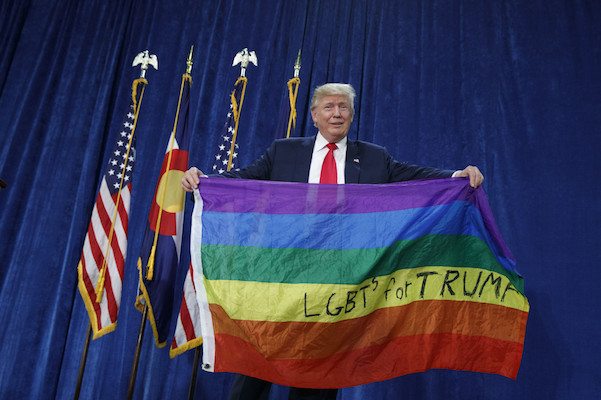
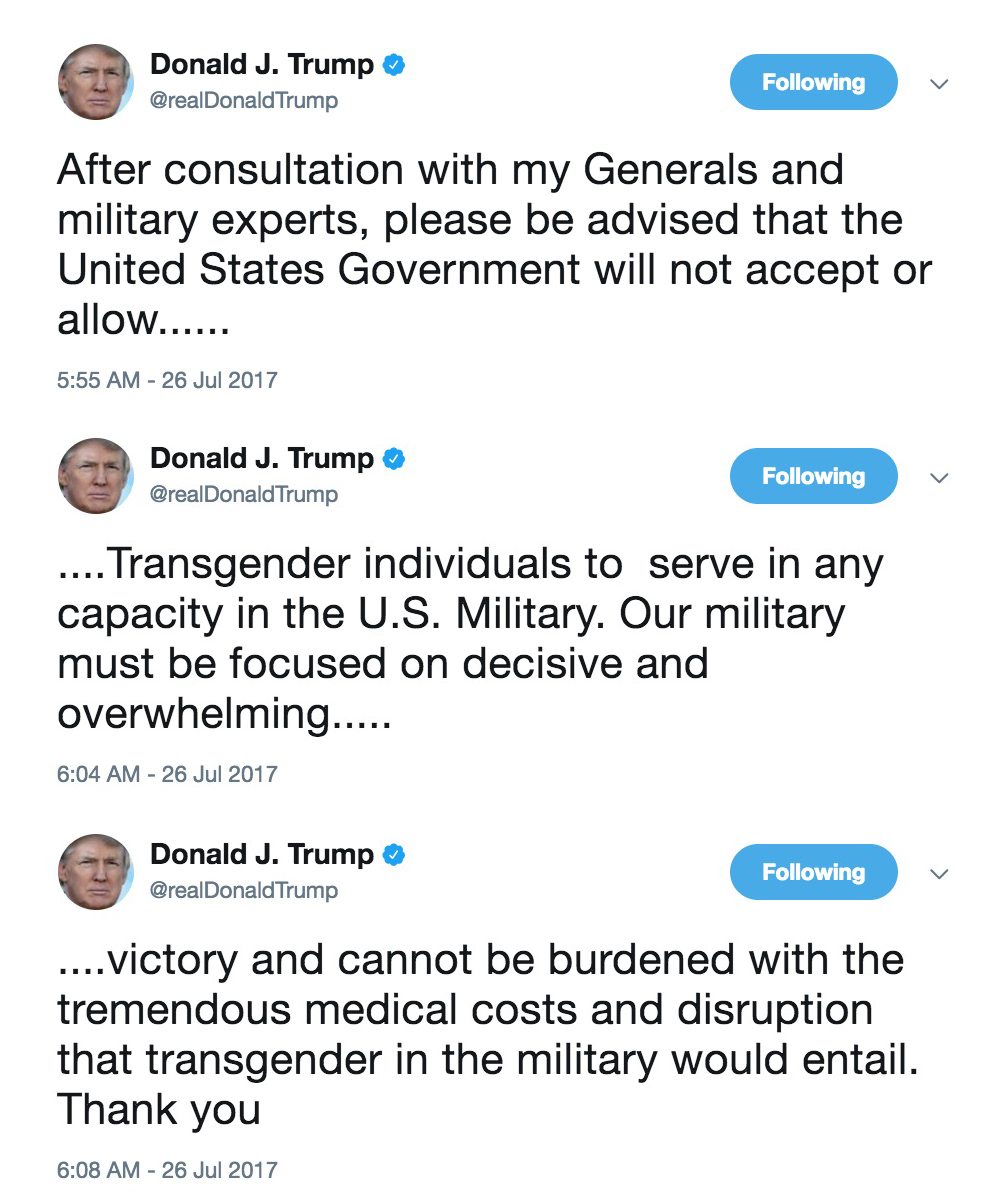
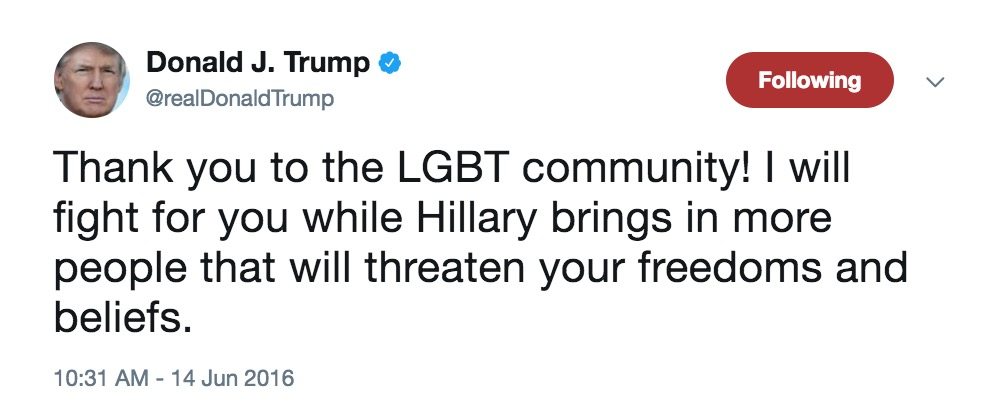
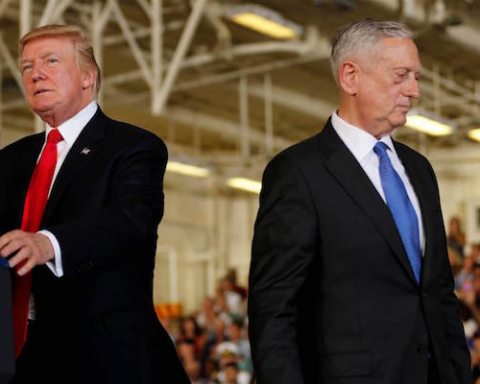
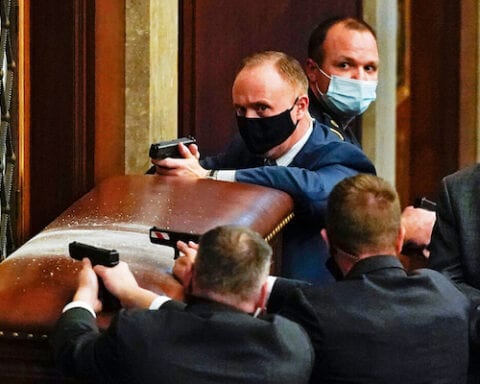


![Image Memorial Day may soon be a remembrance of democracy and those who had the courage to defend it [Lima Charlie News]](https://limacharlienews.com/wp-content/uploads/2018/05/Memorial-Day-may-soon-be-a-remembrance-of-democracy-and-those-who-had-the-courage-to-defend-it-Lima-Charlie-News-480x384.png)
![The Mind of Bolton - AUMF and the New Iran War [Lima Charlie News]](https://limacharlienews.com/wp-content/uploads/2019/05/Inside-the-mind-of-Bolton-Lima-Charlie-News-main-01-480x384.png)
